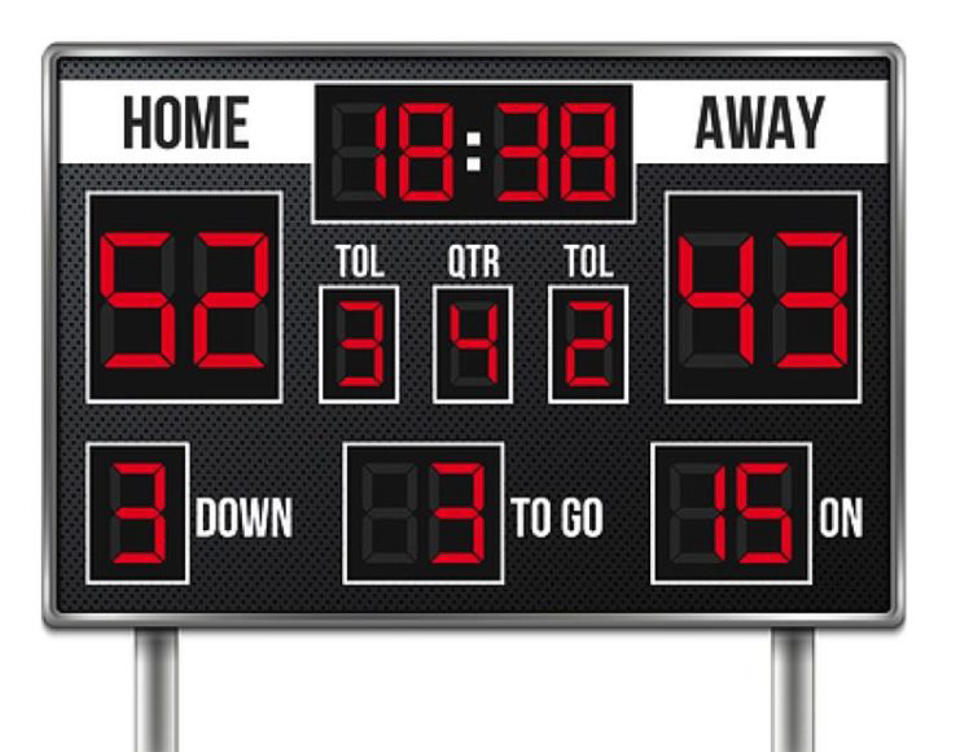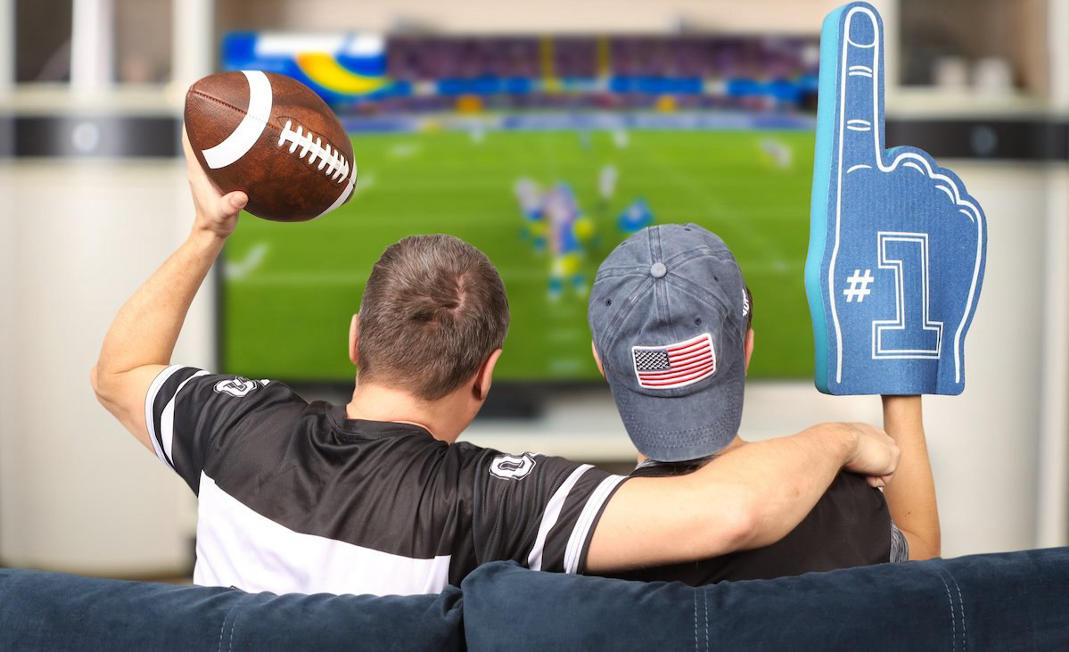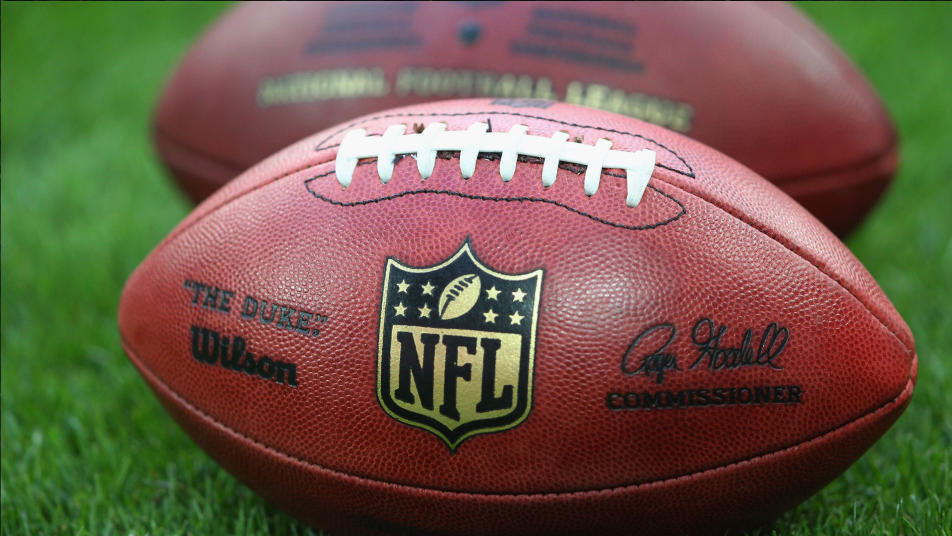Every sport has its own rhythm, duration, and structure. From the five-day spectacle of Test cricket to the swift 90-minute contests in soccer, each game carries its unique sense of time. Yet, when it comes to American football, things are far more complex.
For UK fans or newcomers to the NFL, one of the most common questions is: How long does an American football game actually last? While it’s officially set for 60 minutes of play, the real-world duration tells a much longer—and more fascinating—story.
Official Game Time: Four Quarters Over One Hour

At its core, an American football game is designed to last 60 minutes, divided into four quarters of 15 minutes each. However, this clock time can be deceiving.
On average, an NFL game actually takes around three hours and twelve minutes to complete.
The extended length is due to the frequent stoppages, tactical breaks, commercial slots, and halftime intervals that define the sport’s pacing.
Each quarter unfolds at its own tempo, with the game clock frequently stopping for various reasons—possession changes, penalties, and referee reviews—transforming what should be an hour-long contest into a full-scale event.
Clock Management And Possession Changes
One of the key aspects of NFL timing lies in how the game clock is managed. The clock stops whenever there is a change of possession, such as after a punt, interception, or turnover on downs.
This system is essential because teams in American football have distinct offensive and defensive units.
Each transition requires player substitutions, adjustments, and new strategies—leading to additional pauses.
These stoppages add up quickly, ensuring that the flow of play feels more like a series of strategic bursts rather than continuous action.
Average Possession And Game Interruptions
On average, each NFL team enjoys around 12 possessions per game. With every change in possession, plus video reviews, penalties, and injury stoppages, the clock is frequently halted.
Teams also have access to three timeouts per half, which can further slow the pace of play.
Combined with other interruptions, these breaks explain why the idea of a one-hour game is more of a theoretical construct than a reality.
Commercial Breaks: The Business Behind The Game

The NFL’s massive global popularity comes with a price—commercial time. Every change in possession or a major break in play provides broadcasters with the opportunity to roll out advertising segments.
These commercial breaks are a significant revenue driver, as millions of fans tune in globally each week.
The commercial structure is so integral that even when players are ready to resume, they must wait for a signal from the broadcasters before play can restart.
This synchronization between gameplay and advertising ensures the sport’s commercial success, but it also contributes significantly to the overall duration of an NFL broadcast.
Half-Time: The Mid-Game Spectacle

Each NFL game includes a halftime break lasting approximately 12 minutes, excluding game time. During this interval, teams regroup, strategize, and recover.
However, the halftime period can extend significantly during special events—most notably the Super Bowl, where elaborate musical performances and high-profile advertising dominate the break.
During the Super Bowl, companies spend millions of dollars for mere seconds of airtime, transforming halftime into a global entertainment phenomenon that sometimes overshadows the game itself.
Over Time: Settling The Score

Unlike soccer or cricket, where draws are often accepted, American sports culture prizes decisive outcomes.
If a game remains tied after four quarters, it proceeds to overtime.
Overtime consists of an additional 10-minute period (reduced from 15 minutes in 2017) to determine a winner.
Since 2022, both teams have been guaranteed at least one possession during playoff overtime.
Regular-season games can still end in a tie if no winner emerges, but in the postseason, play continues through multiple overtime periods until victory is achieved—no matter how long it takes.
Why Game Lengths Vary
Not all NFL games last the same amount of time. The pace and length can vary dramatically based on gameplay style and stoppages.
For instance, a 2008 matchup between the Tennessee Titans and Indianapolis Colts finished in just two hours and 33 minutes, setting a record for one of the shortest NFL games in modern history.
Conversely, some games stretch beyond four hours, depending on reviews, penalties, and scoring activity.
The key factor is how often the clock stops. Fewer incomplete passes, fewer out-of-bounds plays, and limited timeouts can shorten the game. Conversely, constant interruptions naturally extend the total duration.
College, High School, And Flag Football: Timing Differences

While the NFL represents the pinnacle of American football, game lengths differ across other levels.
College Football: Matches follow the same 60-minute structure divided into four 15-minute quarters, but pacing and breaks can differ based on broadcast and rule variations.
High School Football: Games are shorter, lasting 48 minutes total, divided into four 12-minute quarters. These contests have fewer stoppages and minimal commercial interruptions.
Flag Football and Touch Football: These recreational variations use shorter formats and flexible rules, meaning game durations are far less standardized than professional contests.
FAQ
Why Does American Football Take So Long?
Frequent timeouts, possession changes, commercials, and replay reviews extend the duration far beyond the 60-minute game clock.
Can An NFL Game End In A Tie?
Yes. Regular-season games can end in a tie after one 10-minute overtime period, though playoff games continue until a winner is found.

